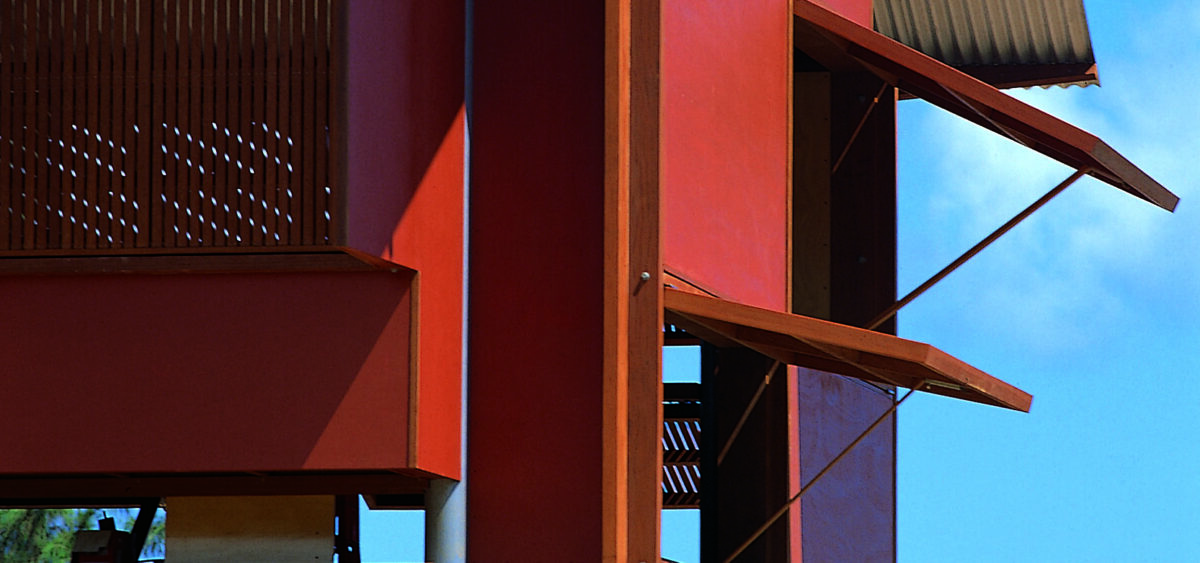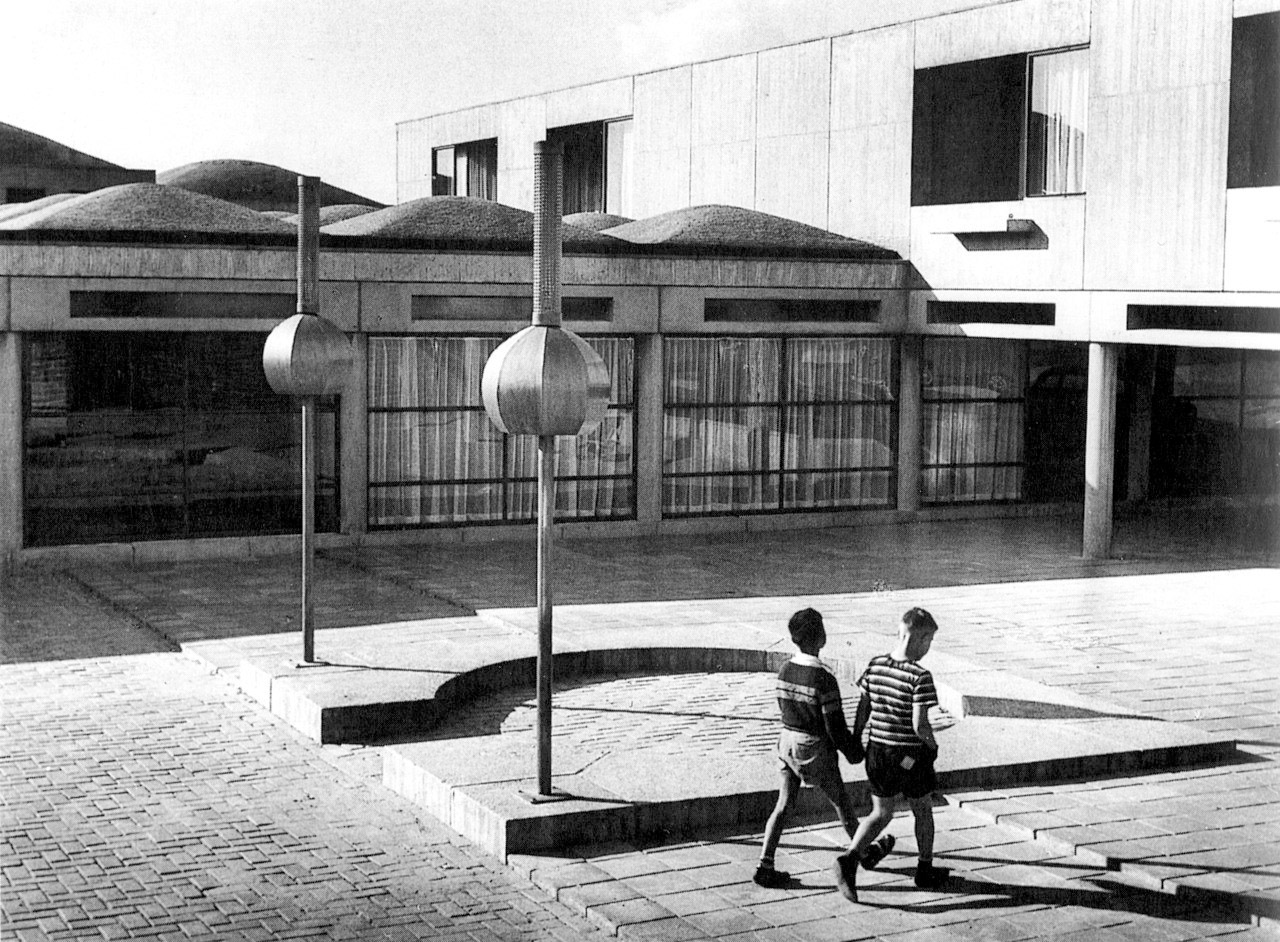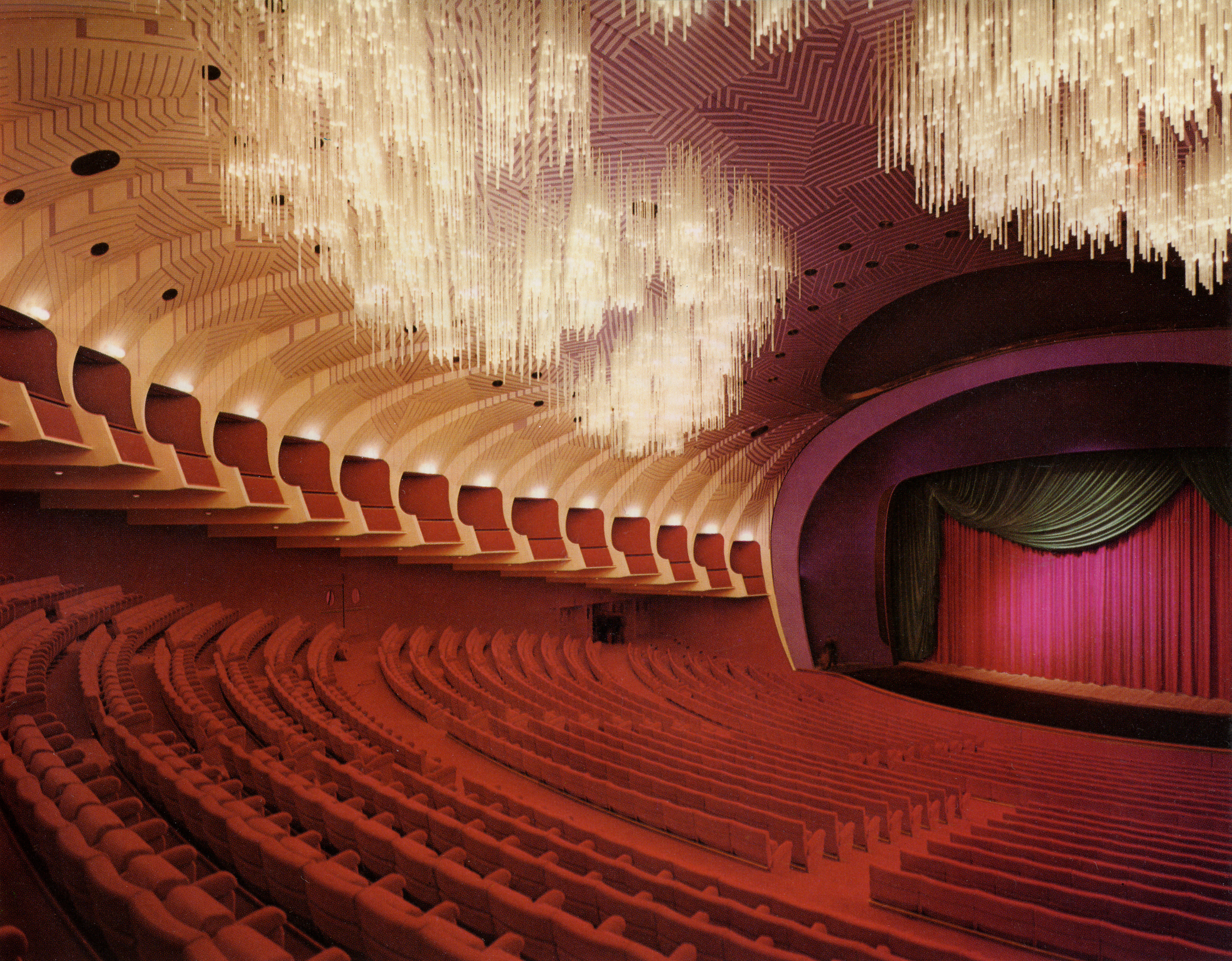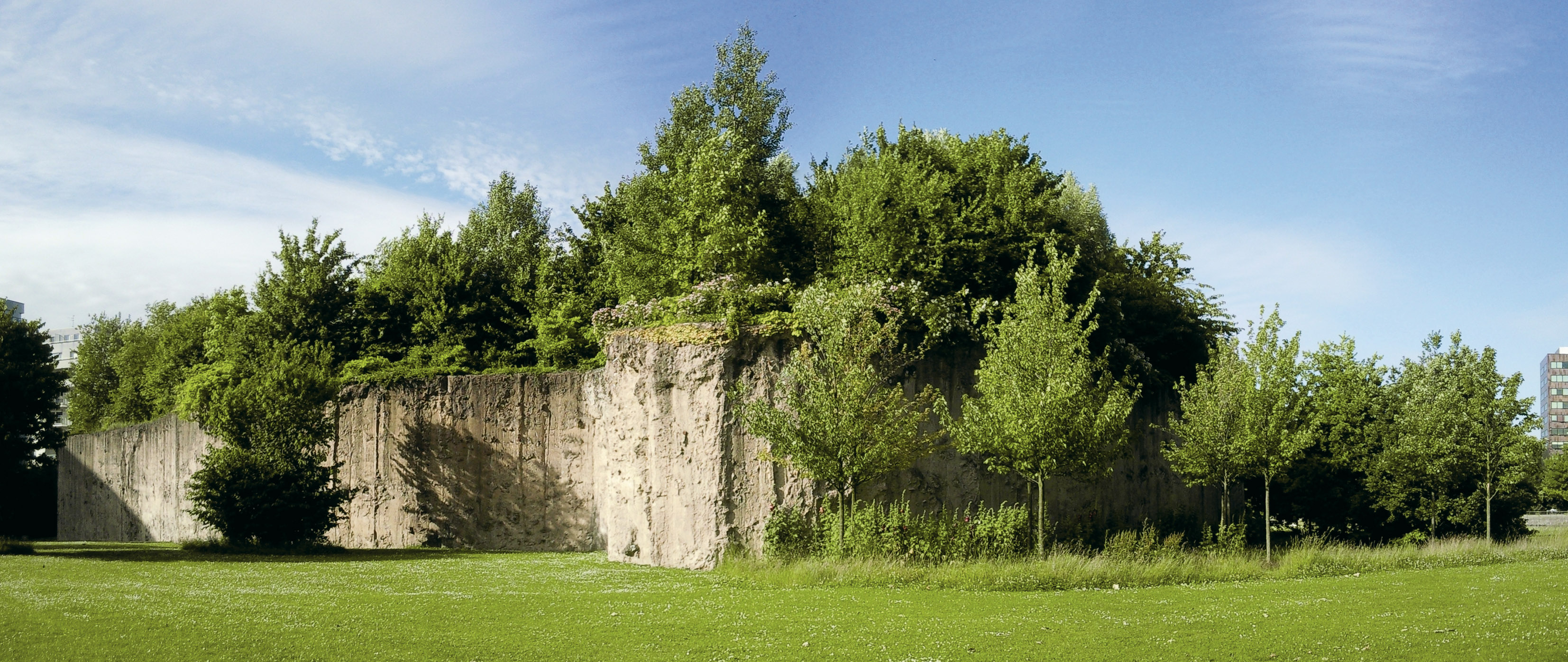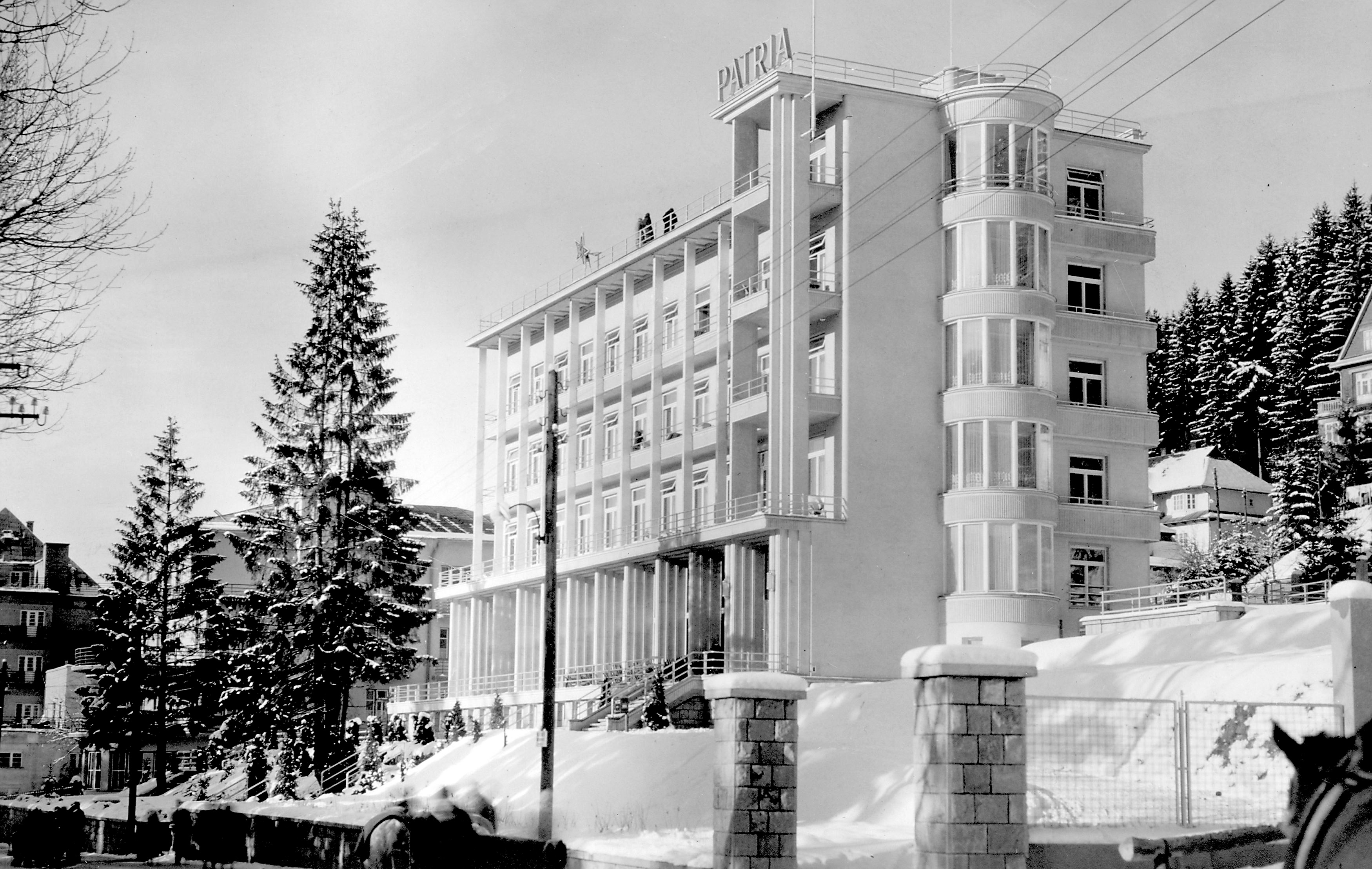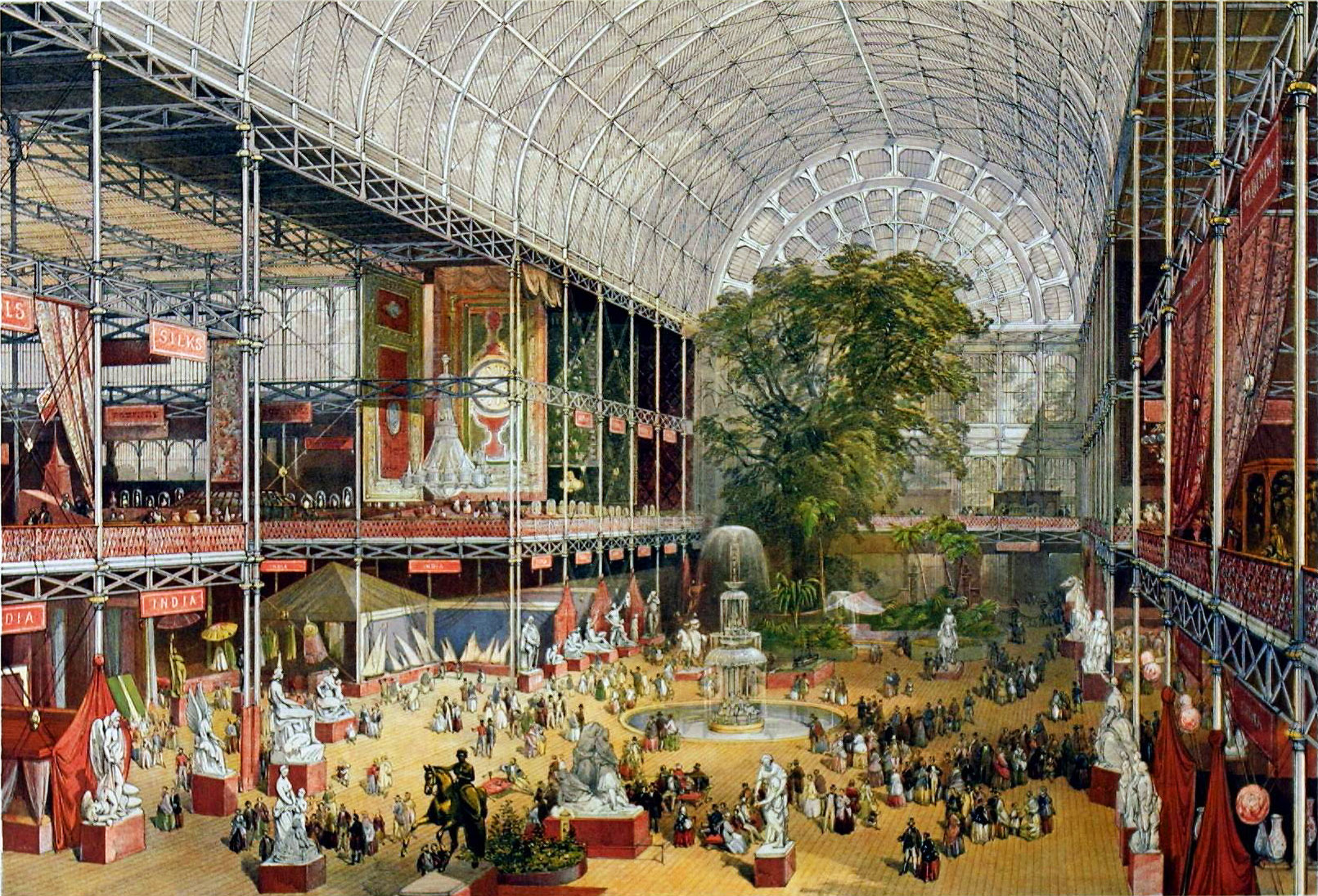
Before Glenn Murcutt designed the house for Banduk Marika, he studied Aboriginal culture and history extensively for three years. Thanks to this, a striking building was built in Yirrkala in the north of Australia, admired for its elegant simplicity, environmental technological solutions and respect for the cultural heritage of its inhabitants.
The client’s recommendations to the architect, different to what he usually received, sounded roughly like this:
– the ability to watch the horizon and changes in the weather, movements of land and sea animals, as well as people from inside the house;
– the ability to observe the water, trees and animals, that is, the totems of ancient ancestors and relatives;
– the ability to use local winds for ventilation;
– that the entrance, as in traditional Aboriginal shelters, would be near one end of the house, but not on its axis;
– that the parents can sleep west of their children, after all, the West means the end of the day, the past, and is closer to death. The children’s rooms should be located east of their parents’ bedroom, so that the daughters sleep directly next to their parents and the sons east of the daughters. The East is the beginning of every new day, the beginning, and the future of a new life;
– that sleeping spaces are separated so that brothers and sisters can avoid eye contact and conversations;
– avoid spaces connected to each other by open external corridors in the house – they are, yes, perfect for bathing, ventilation and the effective separation of ‘difficult relatives’, but such corridors can facilitate access to evil spirits at night;
– that the house guarantees full safety, especially during the night, while giving residents a sense of sleeping outside, in nature;
– that during the day, the residents can look outside while remaining unseen from the outside;
– the planning of bathing spaces for women so that they are invisible and inaccessible to men walking outside;
– that the house combines traditional aspects of Aboriginal and European living quarters.
(Here’s a note from the architect himself: “It’s going to be difficult!”)
The architect doesn’t take a penny
Marmburra Wananumba Banduk Marika, an Aboriginal artist and head of the Marika clan, and her husband Mark Alderton, made the recommendations. The design process began in 1992, the same year that a landmark decision by the Australian Supreme Court finally recognized the right of Aboriginal people to their homelands after 200 years of brutal European settling. Banduk Marika’s people could feel at home again on their land.
The house in question is located at the very north of Australia, in the village of Yirrkala, on the Gulf of Carpentaria, a dozen hours east of Darwin. Getting here borders on a miracle, and the weather – as befits the tropical monsoon climate – does not spoil. There are cyclones and storms with heavy rainfall, during which areas closer to rivers and seas are flooded, roads become impassable, and the activity of dangerous saltwater crocodiles intensifies. Humidity in the summer months reaches 98%; the average temperature is 32°C. But the architect was not alienated by the requirements or restrictions. More interestingly, he didn’t take a penny for his work on the project. You might think, What a madman. But he is simply a man totally devoted to his profession.
Glenn Murcutt is currently a leading Australian architect. He was born in 1938 in London, raised in Papua New Guinea and lives in Sydney. Two things had an overwhelming influence on his design: the local Papuan architecture and the books of Henry David Thoreau that his father gave him to read. Murcutt devoted most of his career to building single-family homes, and erected only a few public facilities. However, this did not prevent him from winning in 2002 the most important architectural trophy in the world: the Pritzker Prize.
From the beginning of his career, Murcutt designed buildings harmoniously integrated into the Australian landscape and climate. They are not artificially cooled or ventilated, but instead make optimal use of the conditions in this region. His homes are thoroughly functional and sustainable. For many months before starting to design the house, Murcutt analyses the degree of sunlight incidence, wind direction and the topography of the area where the building is to stand. He also observes flora and fauna, wondering how to harmoniously integrate the house with the landscape. According to him, an architect should take into account the temporality of our existence and the limited worldly resources, and their priority must be the prudent management of what has been given to us and what forms the background to our lives.
A house that combines cultures
It was no different with the home for Marika and Mark Alderton’s Banduk family. With only one difference. Finally, there was an opportunity to create a home that would give him the chance to combine both his love for the Australian landscape and respect for the indigenous people of the continent. Murcutt lived with his clients for many months, learned their way of life, and learned how the Aborigines perceive the landscape and land. The architect wanted to create a real alternative to houses that were built for native people by the Australian government since the 1970s. Murcutt euphemistically called them “inappropriate and unimaginative.” Heavy, built of concrete blocks and with small windows, they were and are a negation of everything that can be a shelter for Aborigines, for whom observing the horizon, animals, trees and the changing weather are extremely important issues.
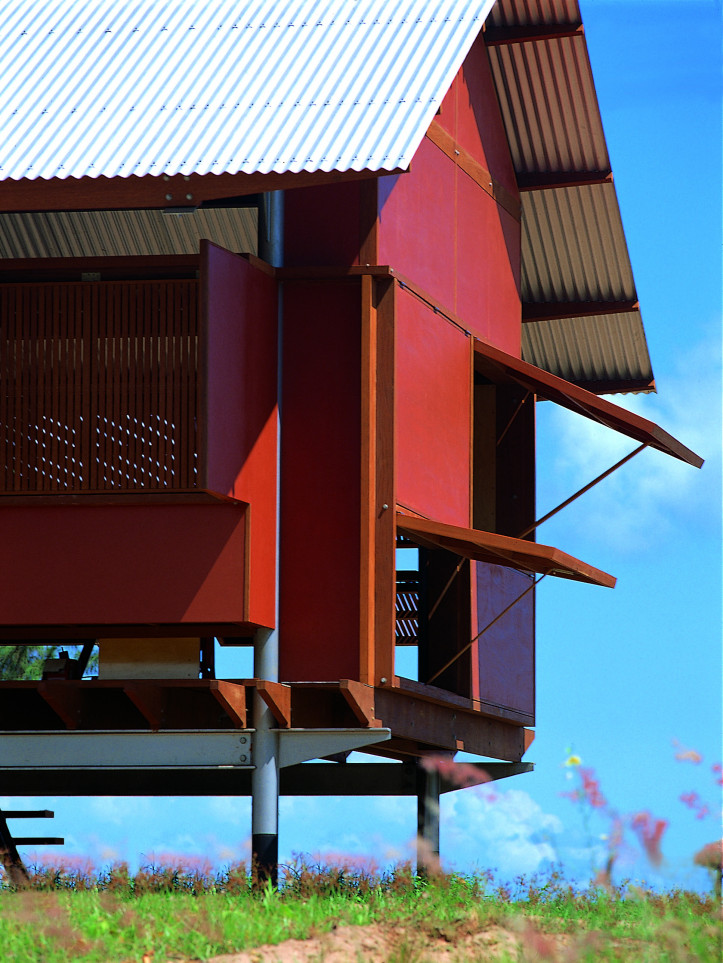
Well, but how to create a house based on the values important for the everyday life of residents and at the same time provide a safe roof over their heads that will resist the first stronger blow of the wind? How could you see the outdoors without being seen from the outside? How could you observe everything when the sun is shining outside and all you want to do is to quickly close all the windows and shutters?
Here, the 30-plus years of Murcutt’s experience came in handy, but it was also useful to watch closely the houses built by white settlers in Darwin before World War II. It was there that the architect observed that the use of vertical blinds made of wooden slats 25 millimetres wide, with a centimetre gap between them, allowed for very accurate observation of what is happening outside, and at the same time afforded the watcher to remain invisible to the environment. The recommendation is for a good reason. Aborigines don’t knock on the door. They stop 10 metres in front of the house and sit with their back to the building. When the host sees a relative, they have time to prepare the house for their visit. If they decide that they cannot accept the guest, they do not invite them in. That is why the widest view is so important. A relative must be noticed, but residents cannot feel pressured to allow them in.
No glass windows
The house is one-storey high. It was erected one metre above the ground and thanks to this, the wind constantly cools it from below, during heavy rainfall it won’t be flooded, and simultaneously it protects the inhabitants from reptiles and other dangerous animals. The building is surprising in its simplicity. It has a sloping roof, movable walls, and blinds instead of windows. Because the temperature does not drop below 20°C throughout the year, there is no need for glass that could break during cyclones. The structure consists of steel poles anchored in concrete alloys and beams of hard Australian wood. The roof is covered with corrugated metal. From the south side, deep ‘blades’ are installed on the façade, which not only protect the interior from the summer sun, but also ‘extend’ the bedroom in perspective and prevent children from contact after dark.
The house can be entirely open or entirely closed. You can freely observe the landscape. External walls made of movable panels mean that the house behaves like a living, constantly changing organism. Depending on where the wind blows or how the sun shines, you can open and close them by setting them so that the winds cool the interior optimally and the sun is least bothering. Aborigines walk barefoot and bring sand home on their feet. Therefore, gaps were kept between the wooden planks on the floor so that it did not accumulate on them. All furniture was built into the solid structure of the house and placed above the floor level so that vertical gaps remain at the height of the residents’ heels. They allow the flow of wind and make the house visually float above the ground, thus embodying the motto of the designer, who repeats that architecture should “touch the Earth lightly.” In addition, all the gaps mentioned above, gaps in the ground and special rotary chimneys mounted on the roof allow pressure to be released under the house during cyclones. Thanks to this, the construction holds firmly to the ground.
Due to difficult access and the limited number of skilled workers in the area, the house was entirely fabricated in Gosford, an hour north of Sydney. Then it was packed in two containers and transported first by truck to Darwin, and then by barge to Yirrkala. On site, it was assembled in four months by two workers, yacht builders, and the eldest son of Banduk Marika.
It turned out that this inconspicuous, technologically thought-out house without glass windows is in all respects extremely contemporary, and in addition meets the symbolic cultural requirements necessary for the functioning of the inhabitants. Lightly touching the Earth, it combines not only two cultures, but also two worlds – ours, and that of our ancestors.
Translated from the Polish by Joanna Figiel


